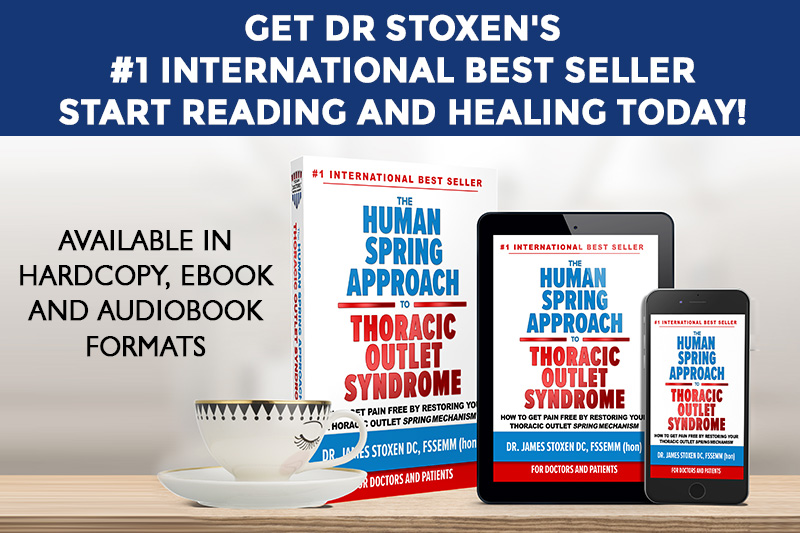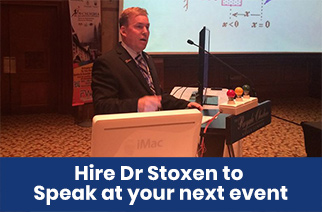If you have headaches, neck pain, upper back pain, or shoulder pain, you might have thoracic outlet syndrome.
Some people who haven’t been to a doctor for a proper diagnosis call it by the slang terms of office syndrome, cell phone syndrome, or smartphone syndrome. After thoracic outlet syndrome has taken over their lives, they prefer to call it by its initials, TOS, for short.
The condition can be caused by compression of more than one area of the neck, upper back, rib cage, the shoulder, and the nerves in the surrounding area. That is why it produces a variety of symptoms.
These atypical symptoms are the result of persistent compression of nerves, arteries, and veins traveling through the thoracic outlet and tunnel and also the twisting of the body parts that keep your entire upper body, neck, and head locked in chronic pain.
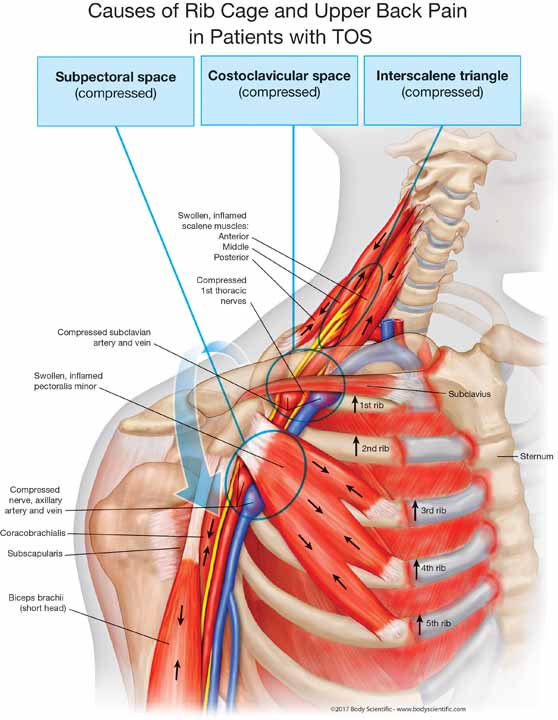
Thoracic outlet syndrome has been called many names, as mentioned previously, including office syndrome, cell phone shoulder, and cell, mobile or smartphone syndrome.
Unlike the lower body, the neck, upper back, rib cage, and shoulders don’t have a lot of tendons in the design. Most of this area moves by muscle contraction, because we mostly needed to run up to the tree and do one arm sweep to pick a piece of fruit. We weren’t required to do fine manipulations of the fruit for 11 hours a day, like we are required to do with a mouse, smartphone, iPad, or remote control.
When you use muscles versus tendons, you have more rapid fatigue. You get tired faster. We all know it’s not healthy to lift something and hold it for long periods of time. If you lift a purse or briefcase with your arm and hold the muscle contracting for 5–10 minutes, you begin to feel a strain. Then you begin to feel a burning sensation. Soon your elbow and shoulder start to hurt. If you hold this position long enough, you might find you are unable to relax your muscles, leaving your elbow stiff, sore, bent, and unable to fully extend. This leaves you in a chronic state of suffering.
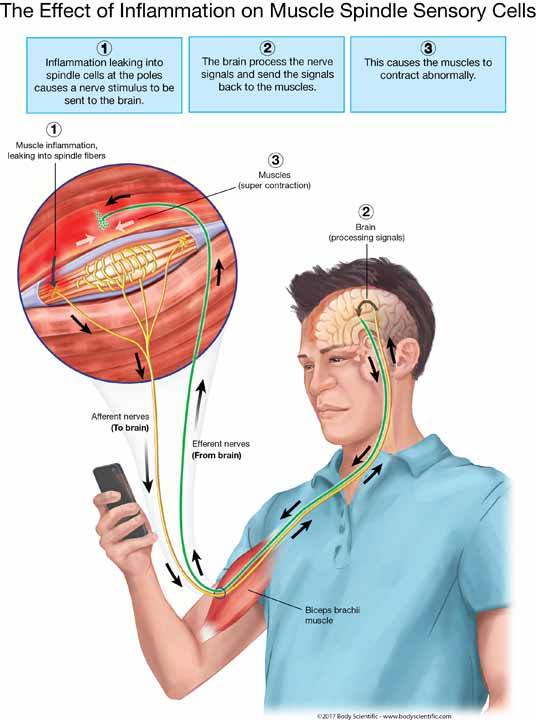
Sustained, Constant Contraction of Muscles
Sports science has come to the conclusion that it’s best to exercise with 3–4 sets of exercises, with at least 90 seconds of rest between. That is so the blood can flow back into the muscle to deliver oxygen to the muscles that were depleted of oxygen.
If the activity involving the healthy alternating phases of contraction and relaxation, as in the case with most repetitive resistance training, then blood flow will proceed during the relaxation phases and decrease the likelihood of fatigue being produced by a lack of oxygen in the muscle, leading to trigger points and eventual super contractions.
However, if the exercise involves sustained (isometric) contractions, lasting more than about six seconds, this circulatory cause of fatigue will be significant. This explains why activities involving sustained contractions result in more rapid and more depleting fatigue than dynamic activity. The lack of healthy blood flow back into the muscle will deplete muscles of oxygen and increase the level of lactic acid in the region.
The best example of a sustained, tonic, or isometric muscle contraction is when the muscle contracts to one length and stays that length so your bones don’t move, like holding your cell phone up to your ear or your eyes. A tonic contraction is defined as the sustained contraction of a muscle, as is necessary for maintaining posture.
These tonic, sustained, muscle contractions can lead to the formation of trigger points, which can lead to the super contractions mentioned in the last chapter.
- Examples of tonic, sustained contractions in daily life are when you are holding some object for a long time.
- Another example would be when muscles contract to hold a posture for a long time

We all know a large proportion of Americans are addicted to their cell phones and other handheld devices. But there are considerable risk factors and clinical features of the musculoskeletal disorders due to the use of these devices. This includes not only mobile phones, but handheld devices, such as game controls, tablets, iPods, iPads, and other portable electronic items.
Put your hand on the opposite side of your chest just below your collarbone. Now lift the arm on that side to place your hand at the level of your eyes, as if you were looking at your cell phone. You should feel a muscle contraction under your hand on your chest. This is the pectoralis minor muscle.
These muscles contract to lock the shoulder to the chest wall to provide a stable platform to allow you to extend your 10-pound arm out away from the human spring. The farther away, the more pressure it exerts at the fulcrum base. Your brain thinks this constant, extended contraction of these muscles is you contracting them for a long time on purpose.
It also shifts or locks ribs three, four, and five and the ribs they connect to, which can lead to pain between the shoulder blades, where these ribs connect to the spine, and chest pain, where the ribs connect to the sternum or breastbone. Oftentimes, people think they are having a heart attack (difficulty getting a deep breath, shortness of breath, crushing chest pain, and mid back pain) and they rush to the hospital, only to find that their heart is normal.
Text Messaging, Browsing, and Talking on Your Cell Phone
Text messaging is the most widely used mobile data service, with 74 percent of all mobile phones used worldwide or more than 5,000,000,000 phone subscribers as of 2017.
A study conducted by Dr. Deepak Sharan at the RECOUP Neuromusculoskeletal Rehabilitation Centre, Bangalore, India, titled “Risk Factors and Clinical Features of Text Message Injuries” revealed that 70.37 percent of users had development of myofascial pain syndrome in the thumb when using the cell phone too often (9).
Other associated problems diagnosed were thoracic outlet syndrome (51.85 percent), fibromyalgia syndrome (25.93 percent), wrist pain and tendonitis (14.81 percent), and thumb pain and tendonitis (7.41 percent) (9).
Children are getting operated on more and more for thoracic outlet syndrome. If you suspect your child has thoracic outlet syndrome, take the phone away and get him or her qualified help immediately before this gets out of control.

Another consequence of all these handheld devices is that we have to carry more items with us for hours every day, which can strain our upper backs, shoulders, and necks. Women commonly carry a heavy purse, which holds a cell phone, iPad, and recharging devices, along with another bag for the laptop and a bottle of water to stay hydrated so the skin doesn’t age.
The result of a heavier load on the shoulder is an earlier fatigue of the upper trapezius muscle, which is the principle muscle that suspends the shoulder above the thoracic outlet and tunnel. Commonly, these patient’s necks are so fatigued, they cannot hold their head up anymore. You see them leaning on a doorjamb while they are chatting with you, and they are seen holding their head up from their chin with their hands.

Dr. Sharan did a study to determine the prevalence of different musculoskeletal problems among Indian schoolchildren who carry backpacks. Results revealed that pain in the upper back (40 percent), neck (27 percent), and shoulder (20 percent) were the most prevalent affected body regions, followed by forearm and wrist pain (7 percent) and low back (6 percent).
Results further revealed that all the students who participated in this study had a pressure mark over their shoulders. And 54.55 percent of the children were diagnosed with myofascial pain and the rest with thoracic outlet syndrome (10).
I was honored to be invited to speak to the delegates at Dr. Sharan’s medical conference in Bangalore, India, October 4–5, 2017, on thoracic outlet syndrome. Unfortunately I had an emergency and could not attend that year. He and I agree that the prevalence of thoracic outlet syndrome is higher than estimated in the population.
This is an excerpt from a chapter in Dr Stoxen’s #1 best seller The Human Spring Approach to Thoracic Outlet Syndrome. The book is available on Amazon.com in these 13 counties US UK DE FR ES IT NL JP BR CA MX AU IN on Kindle. The book is available on Amazon.com in these 7 counties US UK DE FR ES IT JP in paperback.

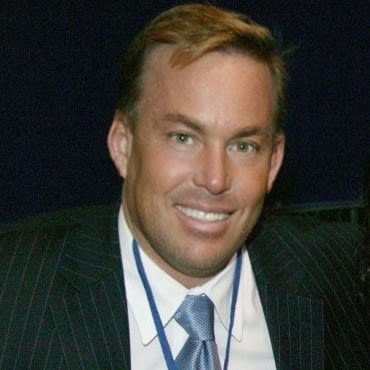
Dr James Stoxen DC., FSSEMM (hon) He is the president of Team Doctors®, Treatment and Training Center Chicago, one of the most recognized treatment centers in the world.
Dr Stoxen is a #1 International Bestselling Author of the book, The Human Spring Approach to Thoracic Outlet Syndrome. He has lectured at more than 20 medical conferences on his Human Spring Approach to Thoracic Outlet Syndrome and asked to publish his research on this approach to treating thoracic outlet syndrome in over 30 peer review medical journals.
He has been asked to submit his other research on the human spring approach to treatment, training and prevention in over 150 peer review medical journals. He serves as the Editor-in-Chief, Journal of Orthopedic Science and Research, Executive Editor or the Journal of Trauma and Acute Care, Chief Editor, Advances in Orthopedics and Sports Medicine Journal and editorial board for over 35 peer review medical journals.
He is a much sought-after speaker. He has given over 1000 live presentations and lectured at over 70 medical conferences to over 50,000 doctors in more than 20 countries. He has been invited to speak at over 300 medical conferences which includes invitations as the keynote speaker at over 50 medical conferences.
After his groundbreaking lecture on the Integrated Spring-Mass Model at the World Congress of Sports and Exercise Medicine he was presented with an Honorary Fellowship Award by a member of the royal family, the Sultan of Pahang, for his distinguished research and contributions to the advancement of Sports and Exercise Medicine on an International level. He was inducted into the National Fitness Hall of Fame in 2008 and the Personal Trainers Hall of Fame in 2012.
Dr Stoxen has a big reputation in the entertainment industry working as a doctor for over 150 tours of elite entertainers, caring for over 1000 top celebrity entertainers and their handlers. Anthony Field or the popular children’s entertainment group, The Wiggles, wrote a book, How I Got My Wiggle Back detailing his struggles with chronic pain and clinical depression he struggled with for years. Dr Stoxen is proud to be able to assist him.
Full Bio) Dr Stoxen can be reached directly at teamdoctors@aol.com









